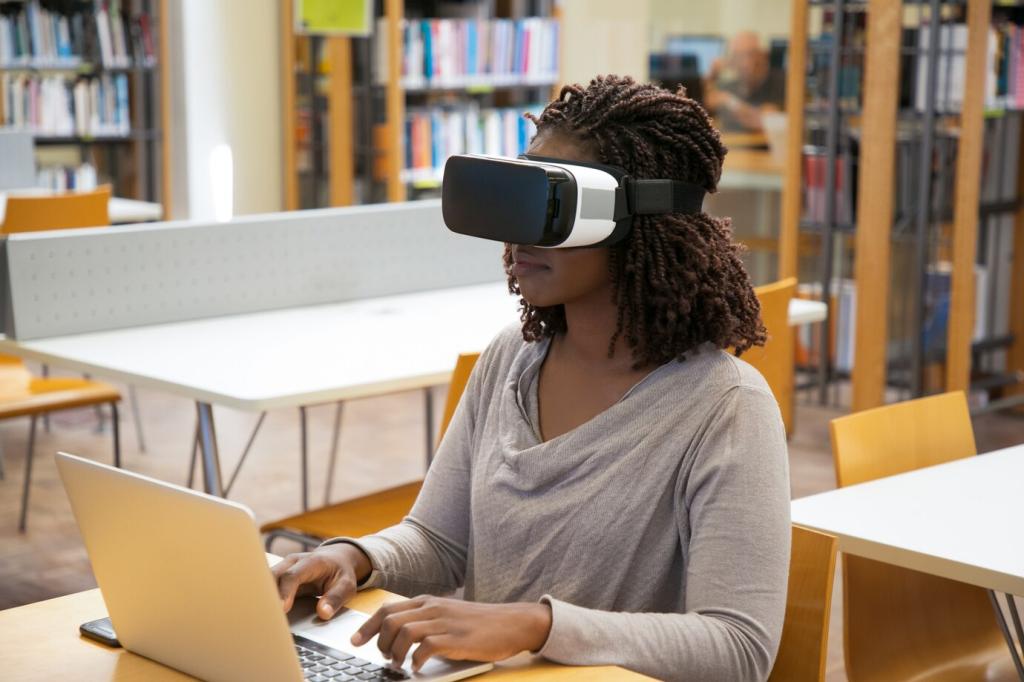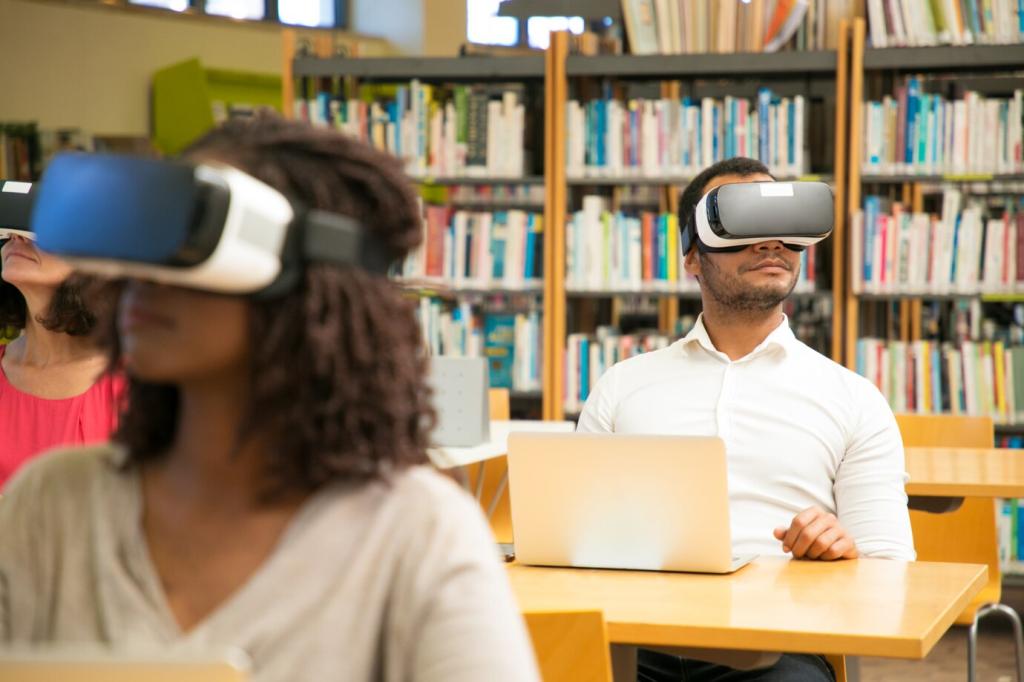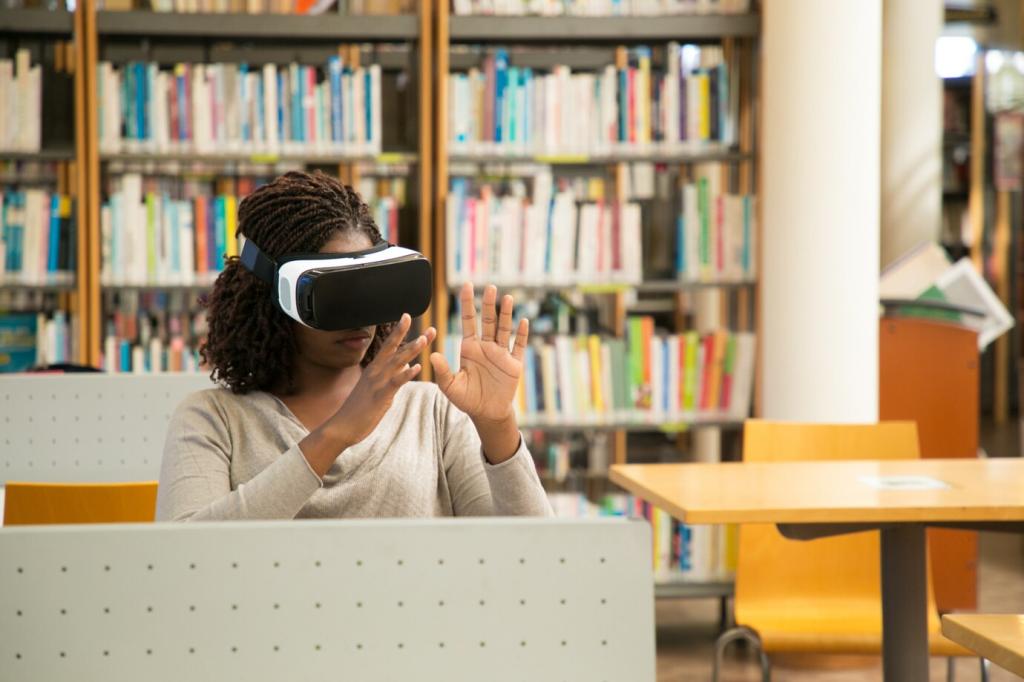
How Virtual Reality is Shaping the Future of Education
Virtual Reality (VR) is no longer a concept reserved for futuristic entertainment or high-tech laboratories. In the field of education, VR is making significant strides, transforming how students learn, interact, and engage with complex topics. By immersing learners in interactive digital environments, VR offers unprecedented opportunities for hands-on discovery, enhanced retention, and deeper understanding. As institutions and educators continue to explore and implement VR technology, the classroom of tomorrow is rapidly evolving into an immersive, interactive experience that breaks down traditional barriers and redefines the boundaries of learning.
Bringing Abstract Concepts to Life
In many subject areas, students struggle to grasp abstract or theoretical concepts through textbooks alone. Virtual Reality bridges this gap by offering tangible, visual, and interactive representations of topics such as molecular biology, mathematics, or physics. For example, a student learning about the structure of the atom can manipulate three-dimensional models in a VR environment, observing the nucleus and electron orbitals from all angles. Such direct interaction makes difficult ideas easier to comprehend and remember, boosting overall engagement and academic performance.
Exploring Historical Events Firsthand
History education often relies on reading or static images to convey events of the past, which can feel distant or disconnected for learners. With VR, students can step directly into pivotal moments of history, such as walking through ancient cities, witnessing key battles, or attending monumental speeches. This immersive approach makes history tangible and emotionally impactful, allowing students to experience the context and significance of events firsthand. By engaging multiple senses and providing a sense of presence, VR fosters empathy and a deeper connection to historical narratives.
Increasing Engagement and Motivation
Interactive Participation over Passive Learning
Unlike conventional lectures or readings, VR immerses students in activities that require decision-making and hands-on involvement. Whether conducting virtual science experiments, solving mathematical puzzles, or entering literary worlds, students become participants rather than observers. This level of interactivity stimulates curiosity, encourages exploration, and helps learners retain information more effectively. By giving students agency within VR environments, education becomes an engaging adventure rather than a static routine.

VR classrooms have the power to connect students from across the globe, enabling collaborative projects and cultural exchanges beyond the limits of physical proximity. Learners in remote or underserved regions can access the same high-quality courses, expert instructors, and resources as those in urban centers. This digital connectivity fosters global citizenship, broadens perspectives, and equalizes opportunities for educational advancement.

